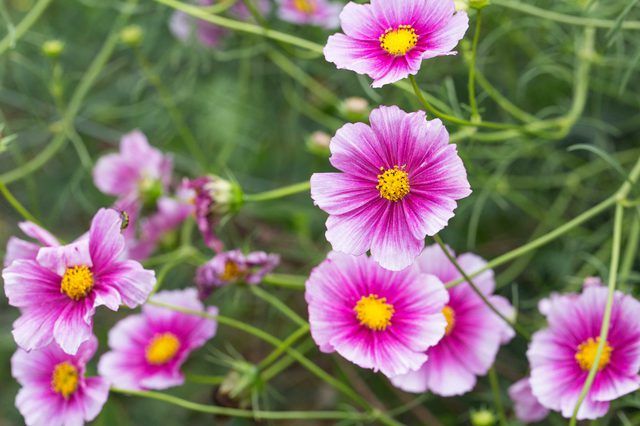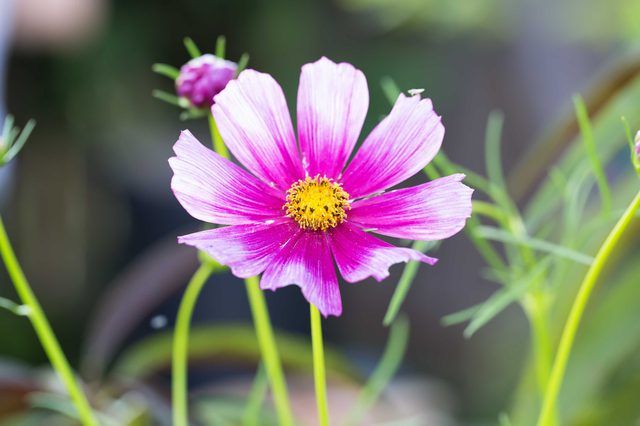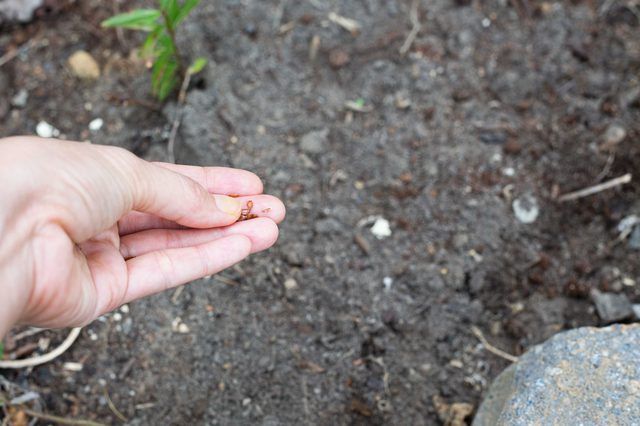Bulbs
Flower Basics
Flower Beds & Specialty Gardens
Flower Garden
Garden Furniture
Garden Gnomes
Garden Seeds
Garden Sheds
Garden Statues
Garden Tools & Supplies
Gardening Basics
Green & Organic
Groundcovers & Vines
Growing Annuals
Growing Basil
Growing Beans
Growing Berries
Growing Blueberries
Growing Cactus
Growing Corn
Growing Cotton
Growing Edibles
Growing Flowers
Growing Garlic
Growing Grapes
Growing Grass
Growing Herbs
Growing Jasmine
Growing Mint
Growing Mushrooms
Orchids
Growing Peanuts
Growing Perennials
Growing Plants
Growing Rosemary
Growing Roses
Growing Strawberries
Growing Sunflowers
Growing Thyme
Growing Tomatoes
Growing Tulips
Growing Vegetables
Herb Basics
Herb Garden
Indoor Growing
Landscaping Basics
Landscaping Patios
Landscaping Plants
Landscaping Shrubs
Landscaping Trees
Landscaping Walks & Pathways
Lawn Basics
Lawn Maintenance
Lawn Mowers
Lawn Ornaments
Lawn Planting
Lawn Tools
Outdoor Growing
Overall Landscape Planning
Pests, Weeds & Problems
Plant Basics
Rock Garden
Rose Garden
Shrubs
Soil
Specialty Gardens
Trees
Vegetable Garden
Yard Maintenance
How to Grow Wildflowers
How to Grow Wildflowers. Growing wildflowers in your yard or in a nearby field are ways to enjoy a variety of plants that bloom in different colors, sport different textures and stand at varying heights. Wildflower gardens are effective in attracting bees, birds and other helpful critters to your yard, and the plants often require little...
Growing wildflowers in your yard or in a nearby field are ways to enjoy a variety of plants that bloom in different colors, sport different textures and stand at varying heights. Wildflower gardens are effective in attracting bees, birds and other helpful critters to your yard, and the plants often require little maintenance once established.

Selecting a place to grow wildflowers is a personal choice. For example, you may decide to use the plants to stabilize a hill in your back yard or in a formal, defined flowerbed under a street-facing window. The area will determine which kinds of wildflowers will grow best there. Just like cultivated flowering plants, some wildflowers do best in full sunlight while others require a bit of shade.
Before selecting the site for your wildflower garden, however, check your location's laws and ordinances for restrictions on plant height. Although wildflower gardens look beautiful to many people, particularly when those gardens are in naturalized fields or lawns, some cities and towns do not allow plants to be grown above a certain height. If that is the case in your area, consider growing short varieties of wildflowers, or create a more orderly and defined garden bed for wildflowers.

Wildflowers grow in many shapes, sizes and colors. The ones that you will enjoy the most, however, are those that are naturalized or native in your region. By using them, you will create a patch of color that requires little to no maintenance after the plants are established because they are used to growing with the amount of water and the temperatures that are normal in your area.
Everyone’s plant selection criteria is different, but consider wildflowers' mature or full height, texture, foliage color and flower color. Some gardeners prefer single-color gardens while others strive to create a different kind of color-coordinated design.

Getting started may be as simple as scattering a few wildflower seeds, but the best results come from doing a bit more work initially. Prepare your wildflower garden area as you would any other new planting site. Remove weeds, rocks and other debris, and enrich the soil by mixing healthy amounts of compost into it.
Scatter seeds for annual and perennial wildflowers over the newly prepared area. Annuals grow and bloom quickly while perennials take time to become firmly established. Staggering growth and bloom time prevents the soil from being bare for an extended period of time and allows you to enjoy the results of your efforts much more quickly than you could otherwise.
If wildflower starter seedlings are available, then plant them in the garden bed for a quick burst of color while you wait for the wildflower seeds to sprout.

Wildflowers need care and attention to become established. The primary care they need during the first two to three years is weeding and watering. Unchecked weed growth can choke young wildflowers, and an extended lack of rainfall can cause them to die.
If you don't want certain plants to grow in the wildflower garden and you recognize them easily, then pull or cut them before they set seed. Doing so will reduce their population and allow more room for your wildflowers. Allow your chosen plants, particularly the annuals, to produce and scatter their seeds so they will bloom each year.
Although wildflowers generally receive enough water from natural rainfall, provide supplemental water for them during unusually hot or dry periods.
